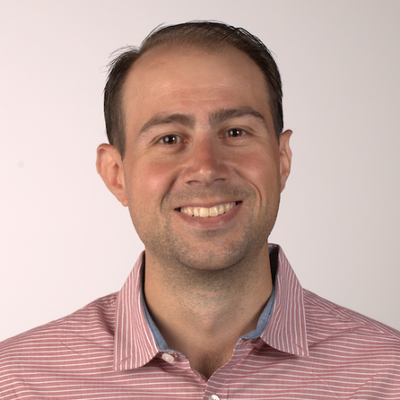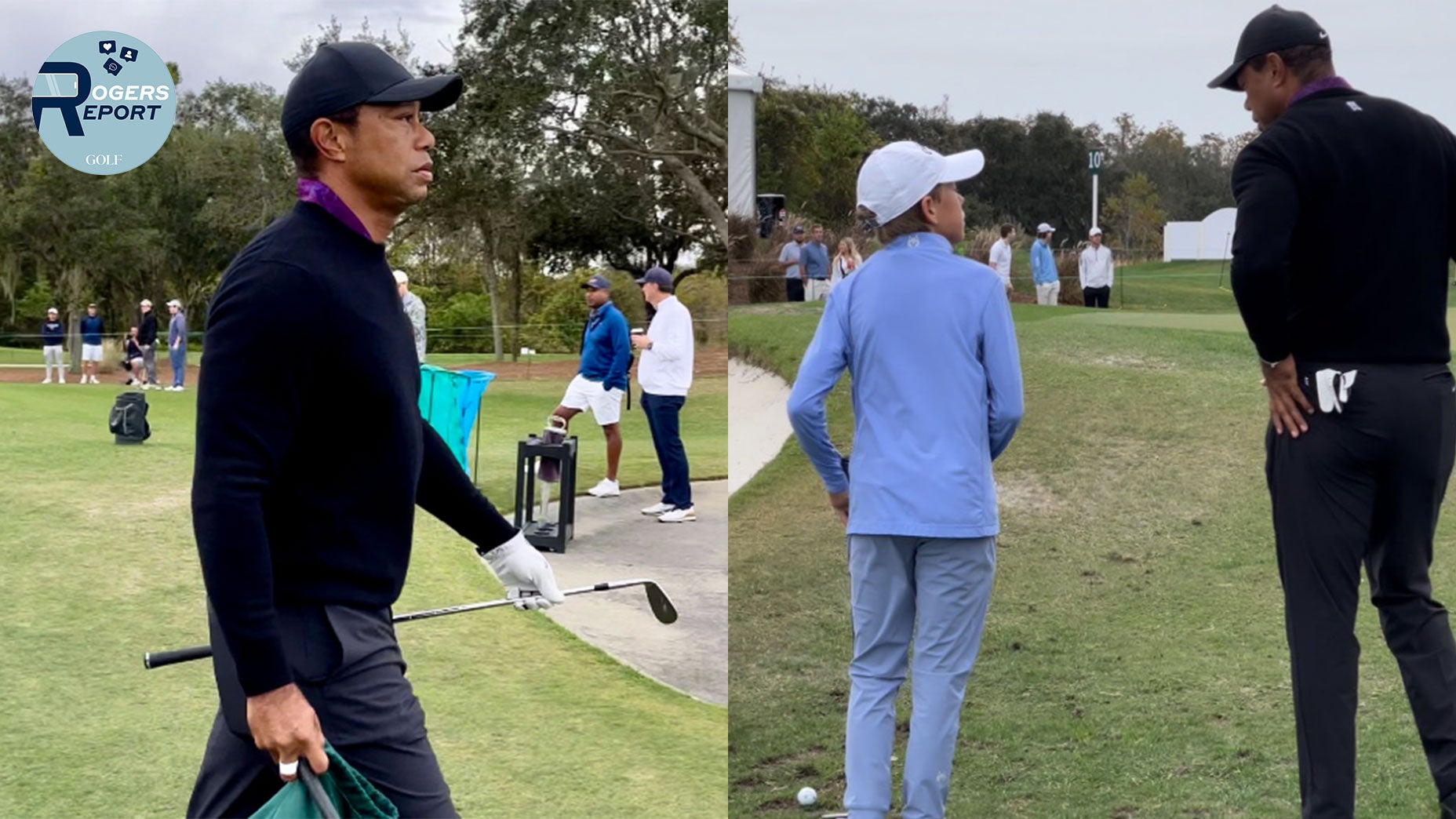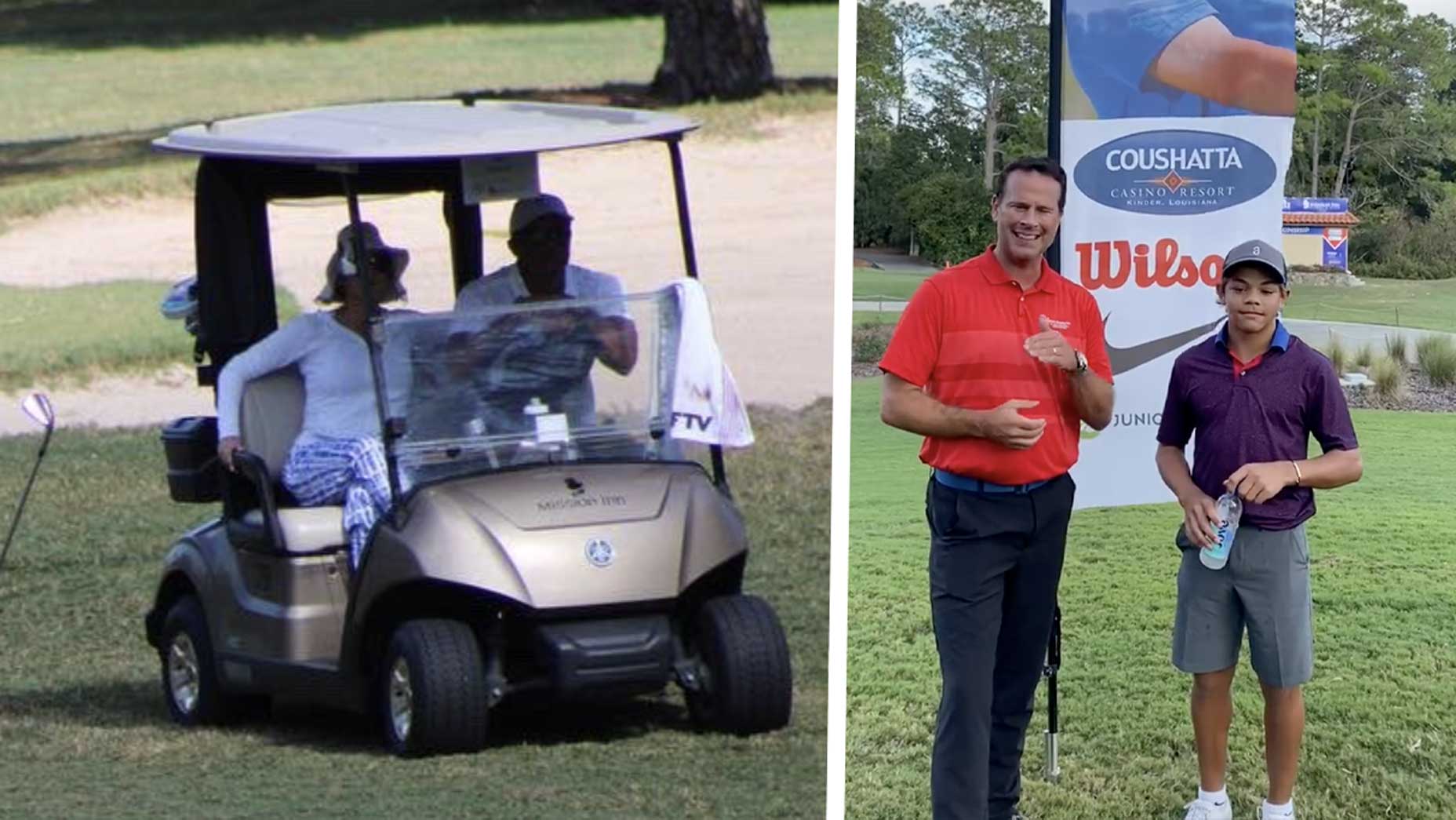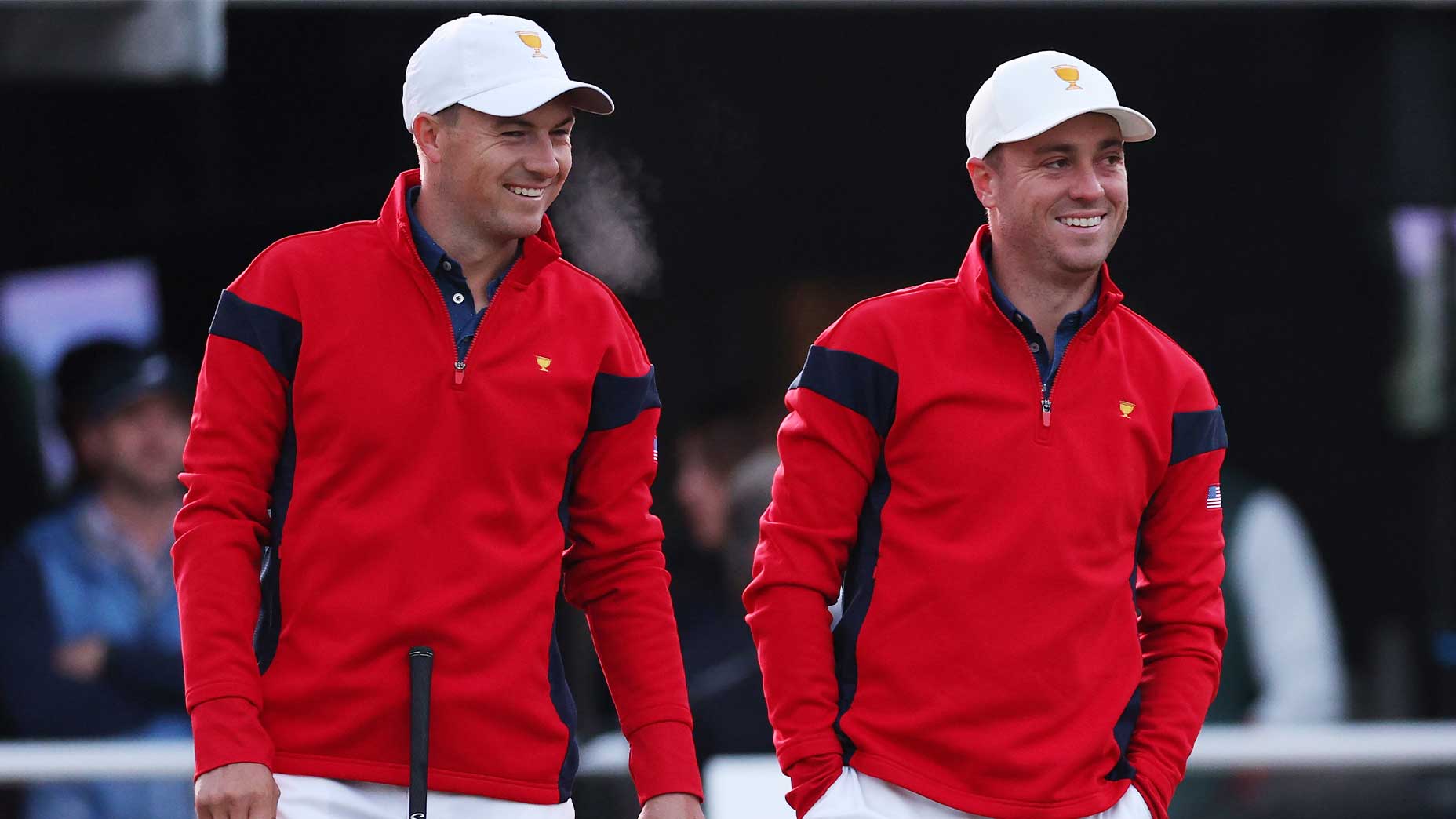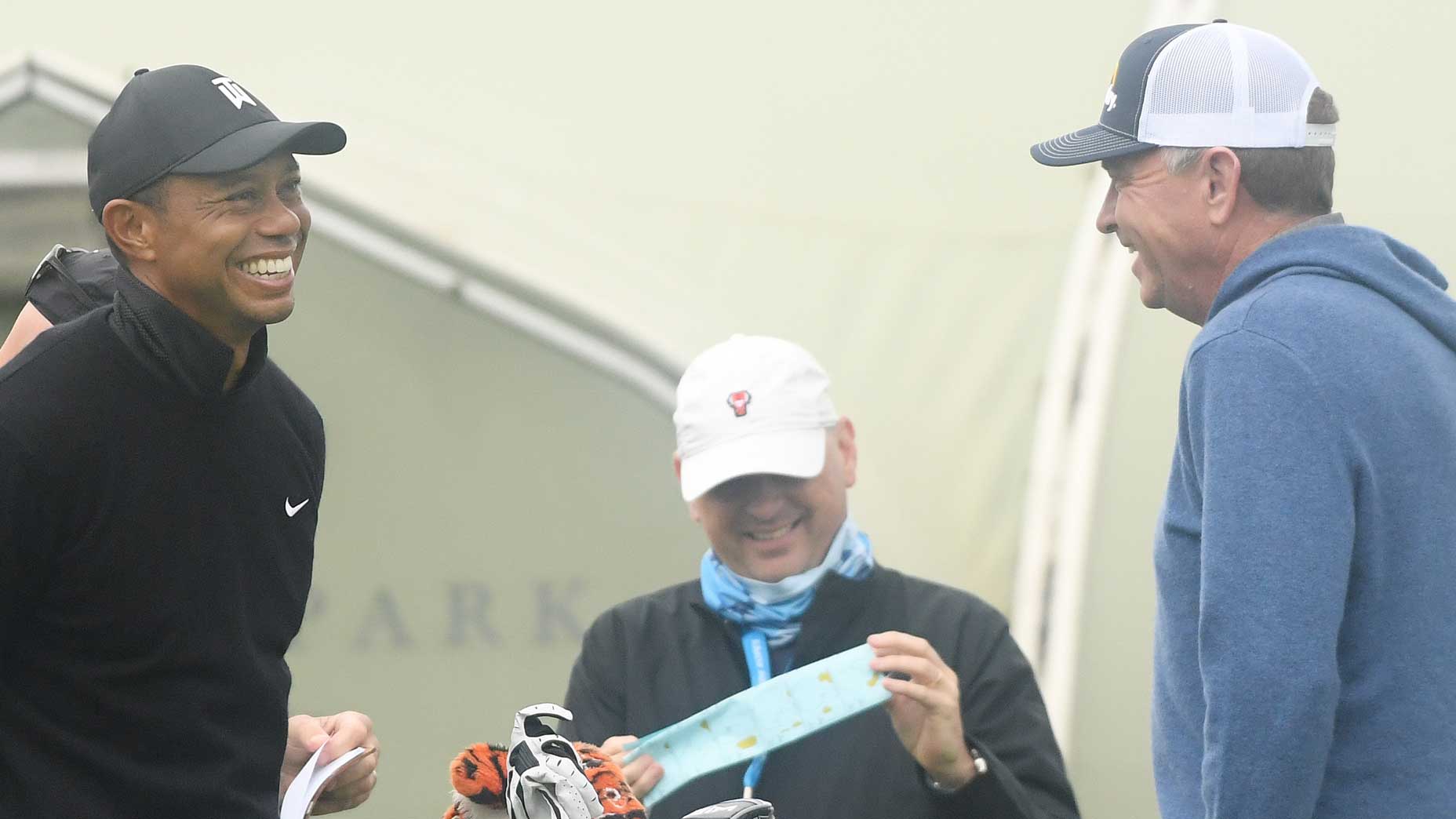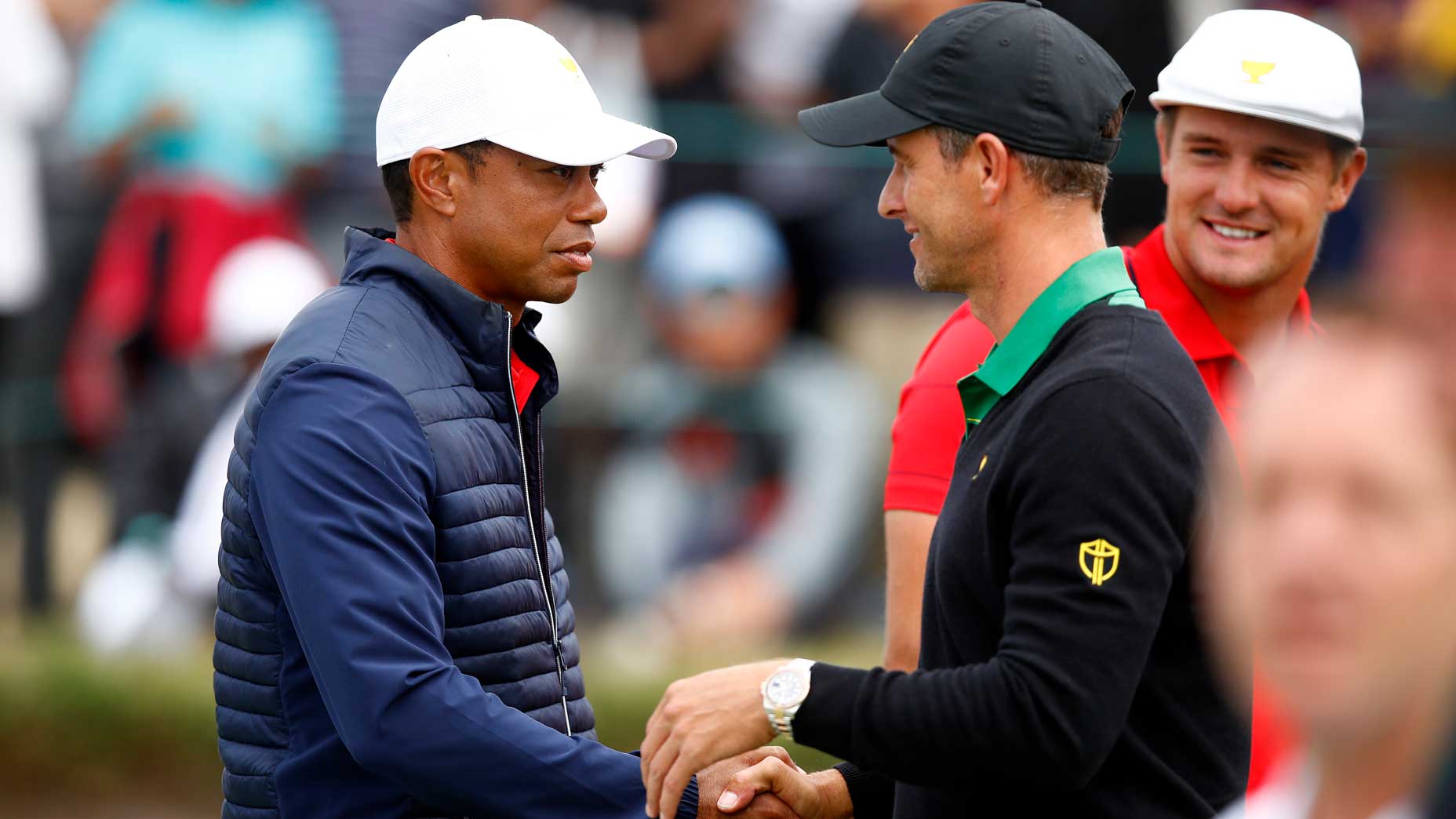‘Last Dance’ director talks Michael Jordan, humanizing icons and the golfers he would have interviewed
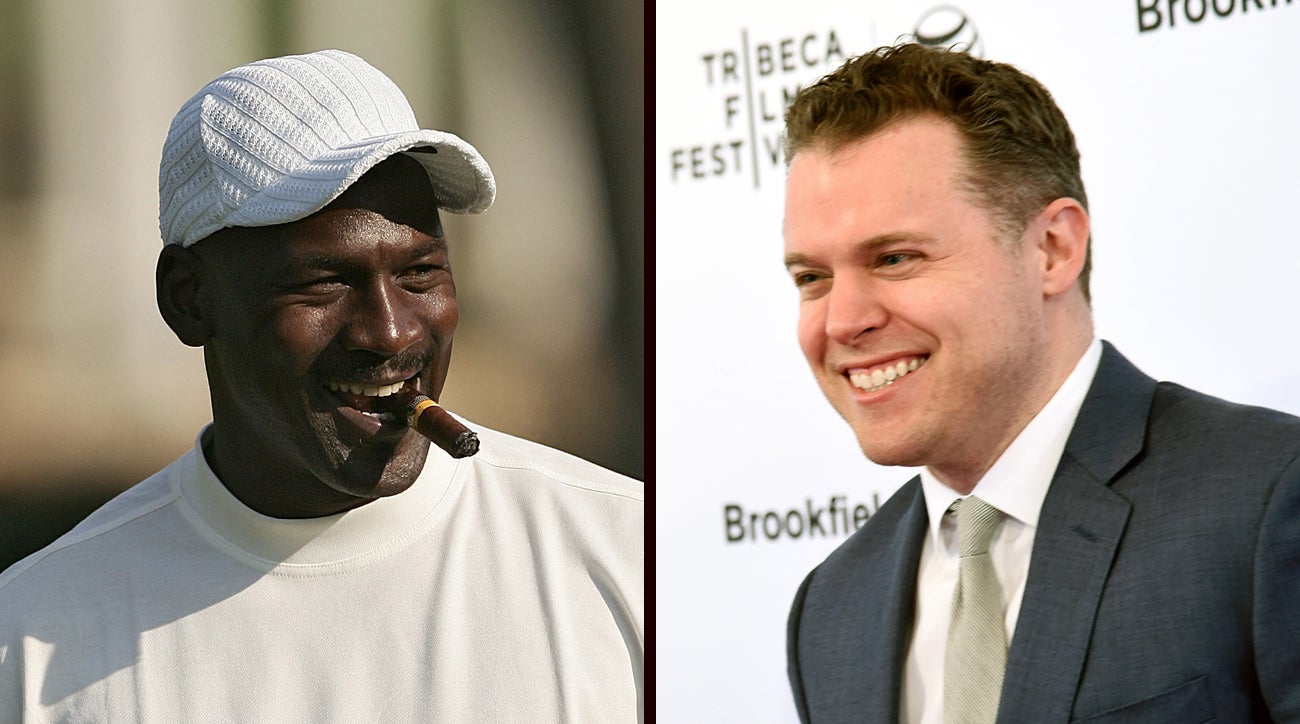
Jason Hehir was tasked with turning footage of Michael Jordan and the Chicago Bulls from 1998 into "The Last Dance" documentary.
Getty Images
While the world was put on pause for the past two months, ESPN’s “The Last Dance” documentary has been a saving grace for sports fans everywhere. The documentary features never-before-seen footage of Michael Jordan and the Chicago Bulls from the 1997-98 season, which marked the end of their six-championship run. Director Jason Hehir was tapped for the project of a lifetime to tell the story of arguably the greatest athlete of his lifetime.
Before “The Last Dance” finale, I caught up with Hehir to discuss the process in making this 10-part documentary, humanizing icons, why golf is the perfect escape for Jordan, the golfers he would like to have interviewed and more.
Tim Reilly: “The Last Dance” has taken over the world these days. Every Sunday feels like a major championship Sunday. What has the reaction been like for you?
Jason Hehir: I wish I had a major championship to watch. I wish we all did. We’re actually still finishing the final parts, and we’re just a few days out from its premiere on ESPN and Netflix. We haven’t crossed the finish line yet so I think when our team exhales and catches our breath, we’ll see the scope of it from outside this bubble we’re still in right now.
TR: The original schedule was to air each part during the off days of the NBA Finals. Do you feel like it turned out better in a weird way having this weekly event for the audience to look forward to?
JH: It is bizarre to see everyone watching in real-time and not DVRing it or streaming it later on when they have more time. We all have nothing but time on Sunday nights, Monday nights, Tuesday nights, or all through the week for that matter. Sunday is also a sports day more than any other day of the week. I think it was wise of ESPN to slide it on Sunday nights. People are kind of used to watching sports during the day and some sort of show at night, and this is a combo of the two.
It’s going to feel weird for us when this is through. A lot of us have been working on this for two and a half years, even longer for some of the crew. It’s been a surreal experience these last few months.
TR: I know a lot of the footage was captured in 1998 and then turned over for you to turn into “The Last Dance.” How did this project come to you begin with?
JH: I was still in college when all the footage from ’98 was filmed. I was a senior during that ’97-’98 season so I was completely unaware that any of this was going on. Being in the sports production business for the last 20 years, I had heard rumblings about this footage, but it was like an urban legend that there might be some footage from Jordan’s last season with the Bulls. In the summer of 2016, I was approached by Mike Tollin, an executive producer at Mandalay, which is the production company that had brought this all together, and Mike just had a meeting with Jordan, his team and the NBA.
It looked like the pieces were coming together for Michael to finally sign off and allow the NBA to use the footage and the NBA saying they actually want to do something with the footage. It was shot with the mutual understanding that there had to be an agreement between the NBA and Jordan’s camp that they wanted to do something with this footage. Adam Silver, who at the time served as president and COO of NBA Entertainment, told Jordan that the worst-case scenario you’ll have the best home movies of all time if you let us embed these cameras all season.
TR: Jordan speaks so candidly in “The Last Dance.” Given that he’s such a private figure and rarely does interviews, how did you earn his trust and get him to open up?
JH: Well, I didn’t spend a lot of time with him. It wasn’t like we bonded before we sat down. His closest advisers were very smart, and they put me in front of him a few times before we actually sat down for on-camera interviews. So the first time I met him was in September of ’17, and we didn’t roll cameras until June of ’18. He had a little bit of trust after our first few encounters in what the direction of the story was going to be. I had interviewed maybe 5-10 people before him and I’m sure word got back to him about what I was asking and I’m sure that helped to build some trust.
He doesn’t do these sorts of sit-downs a lot. He’s certainly in the public eye a lot, but those are ribbon-cutting ceremonies or behind a podium or during halftime at an all-star game, but never really in a setting like this. I don’t know that there was an enormous amount of trust and that it changed his personality on those days that we interviewed him, but I think you saw how forthcoming and honest he really is. He was eager to talk about whatever it is that we wanted to talk about. So it was pretty easy right off the bat.
TR: Before “The Last Dance” ever aired, Jordan did an interview on “Good Morning America,” and he seemed to be concerned about the public reception that he might not come off like a good guy. It feels as though the adverse effect has occurred where he’s more popular than ever now. Was he just nervous about people seeing another side of him?
JH: I think maybe, yeah. Look, he’s a human being, and human beings want to be liked and they don’t want to be vilified or hated. He knew what was in that footage and he knows that he could be quite the hard-a-s in practice when he wanted to be. He was very demanding of himself and very demanding of everybody around him. I think the whole process, to me at least, has humanized him and he seems like a human being who has fears and doubts and he’s not infallible. When you look at him as this bronze statue, it’s easy to think that the guy has no personality and that what people liked about him was his greatness and achievements.
I hope what people like about him now, in addition to those things, is that he’s a human being and he has opinions and a point of view. He’s not coming off, in my mind, as a jerk at all. He’s coming off like a guy that’s honest, candid and oftentimes funny. I think the more that we can make him, and other public figures, human beings and de-iconize them, the more likable they would be.
TR: It certainly does come off that way. Outside of basketball, how often was golf coming up when you began to interview people? It’s played a big part in Jordan’s life.
JH: I wouldn’t say it came up that often. We did have that footage when the camera crew followed the Bulls out, I think in Orlando, in ’98. The team hit the course on a day off and MJ played golf with Ron Harper and some of the other guys. We interviewed him in South Florida and we were an 8-iron away from a gorgeous golf club in any direction. I think golf is one of many competitive outlets that he still has these days.
He’s obviously not on the court anymore and he certainly likes challenges, so what better challenge than golf? You’re never going to perfect it. No one is going to shoot an 18. I think it’s a sanctuary for him. It’s peaceful on the course. We all love golf because you can escape from the world with your friends and be with nature. It’s my absolute favorite thing in the world to do and I don’t even have anything to escape. I can only imagine what it means to a guy like MJ. It checks his boxes for competitiveness and peace.
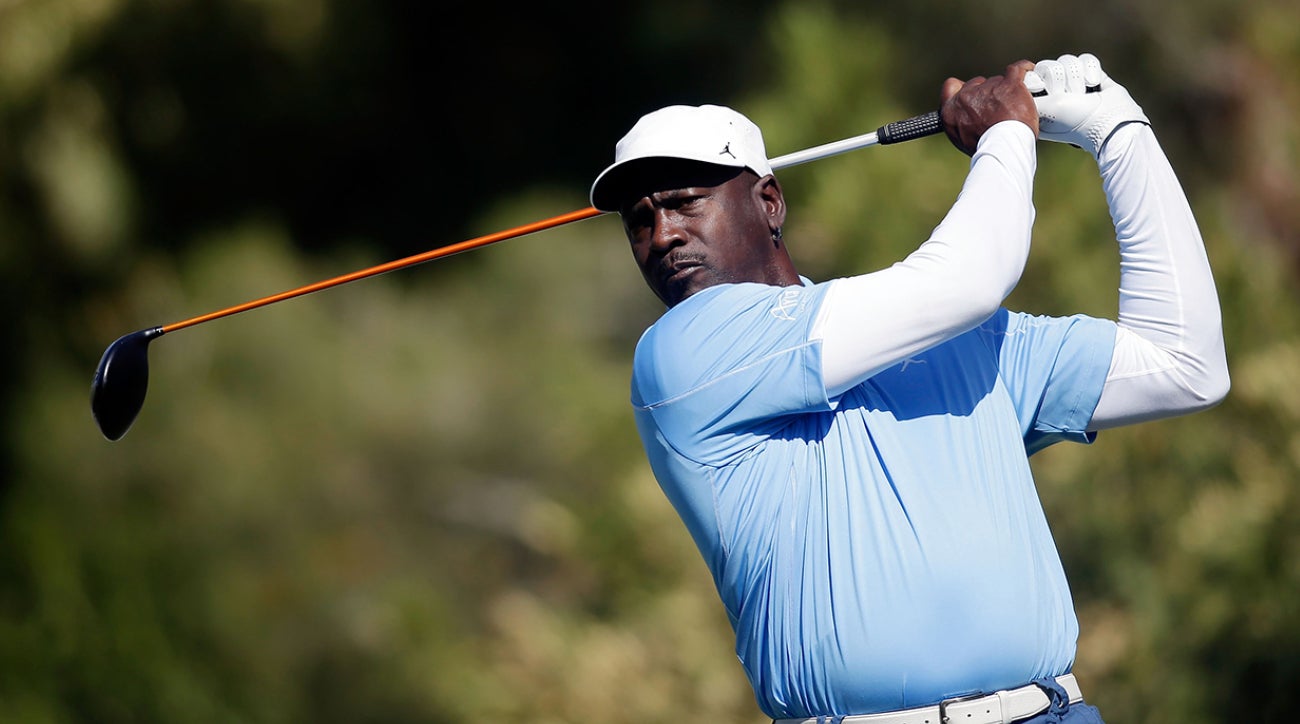
TR: MJ doesn’t come off like a guy that’s ever at peace. He always seems like he needs something on the line and needs to be competing. Do you think MJ could go out and play 9 holes for nothing without keeping score?
JH: I invite you to try. I can’t answer that for him.
TR: We know MJ spends a lot of time on the course. It’s been well documented he plays with Justin Thomas, Rickie Fowler, Keegan Bradley and has a long-standing friendship with Tiger. Were any of these guys or other Tour pros interviewed for “The Last Dance?”
JH: When we were mapping out what the 10 hours were going to be, 10 hours sounded so daunting to me I thought we were going to have to go back into the childhood stories of John Paxton. How are we going to fill up 10 hours? I certainly thought that in telling the story of Michael’s competitiveness and how that remains to this day that we would want to speak with some golfers who he has played with. Specifically, the pros. I had heard that pros love playing with him in the weeks leading up to tournaments because it’s always going to be for higher stakes and more pressure. But we just had such an embarrassment of riches with the interviews we did about that ’97- ‘98 season, and about the dynasty years as a whole, that we never had to go beyond ’98.
TR: Going back to the Dream Team footage in ’92, the big thing there was his golf games with head coach Chuck Daly. There was no love between them, as seen earlier in the documentary, as Jordan’s Bulls and Daly’s Pistons were mortal enemies. Do you think that was more MJ wanting to get inside Daly’s head or Daly using golf as a peace offering of sorts with Jordan?
JH: I think it was two guys who really enjoyed each other’s company and enjoyed the game. I know Roy Williams was in a lot of those games, too. David Robinson was in some of the footage that we didn’t get to show. Robinson, I forget who he asked, maybe Pippen, but after he played golf with Michael, Michael went around for another 18. He came back and they played Angola or something that night, and Michael dropped like 27 points and Robinson asked, ‘when does this guy sleep? He’s not human.’ Because he’s staying up all night playing cards with Magic and Bird and those guys, going out and playing 36 holes and then casually dropping 25 or 27 points.
I don’t think there was anything more than just Daly and MJ enjoying the company and getting to see each other in a new light. It’s the same way Magic and Bird became friends during a commercial shoot together in French Lick, Indiana and they saw each other out of uniform and away from the court. It just speaks to the power of golf to be able to do that. You can put a lot of things aside when you tee it up and can spend four hours with someone on a beautiful course.
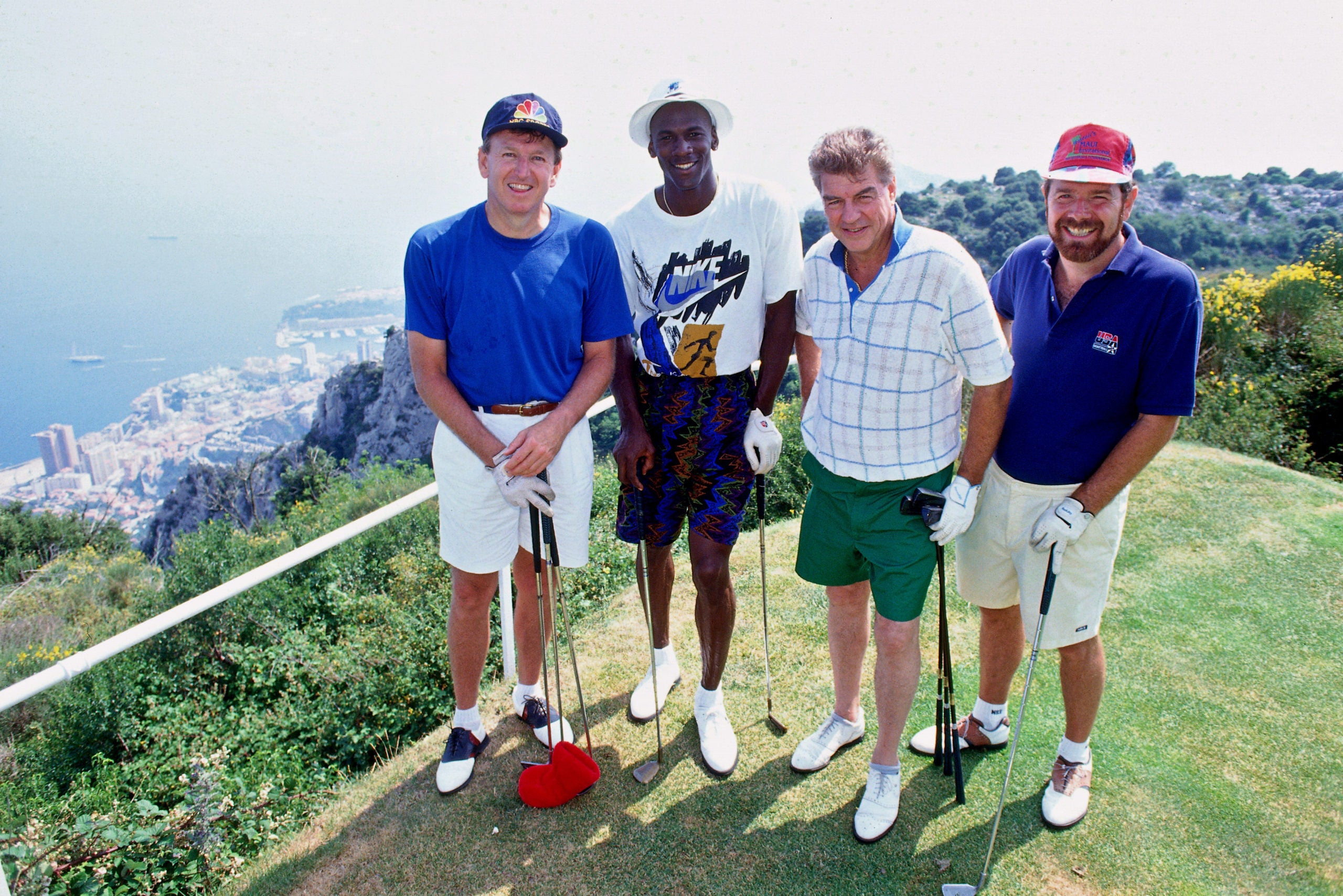
TR: The story goes that Daly would schedule Dream Team practices around his tee times with MJ. Did you have to build out your production schedule around his golf schedule?
JH: No, we didn’t run into that. I imagine he plays a lot but his golf games never interfered with our schedule.
TR: I don’t want to dig too deep into Slim Bouler, MJ’s gambling buddy featured in the doc, but his courtroom sketch photo was amazing. It was Slim, his lawyer and I don’t know if you remember this, but he has his golf bag with him in the courtroom and it made it into the sketch. It’s one of my go-to Zoom backgrounds for work meetings. Check it out.
JH: I never noticed that. I remember the courtroom drawing you’re talking about during that court appearance, but I didn’t realize there was a golf bag in there. Is that real? Ha, I remember the picture of him and his lawyer and how casual he looked but I did not realize it looks like he’s late for a tee time.
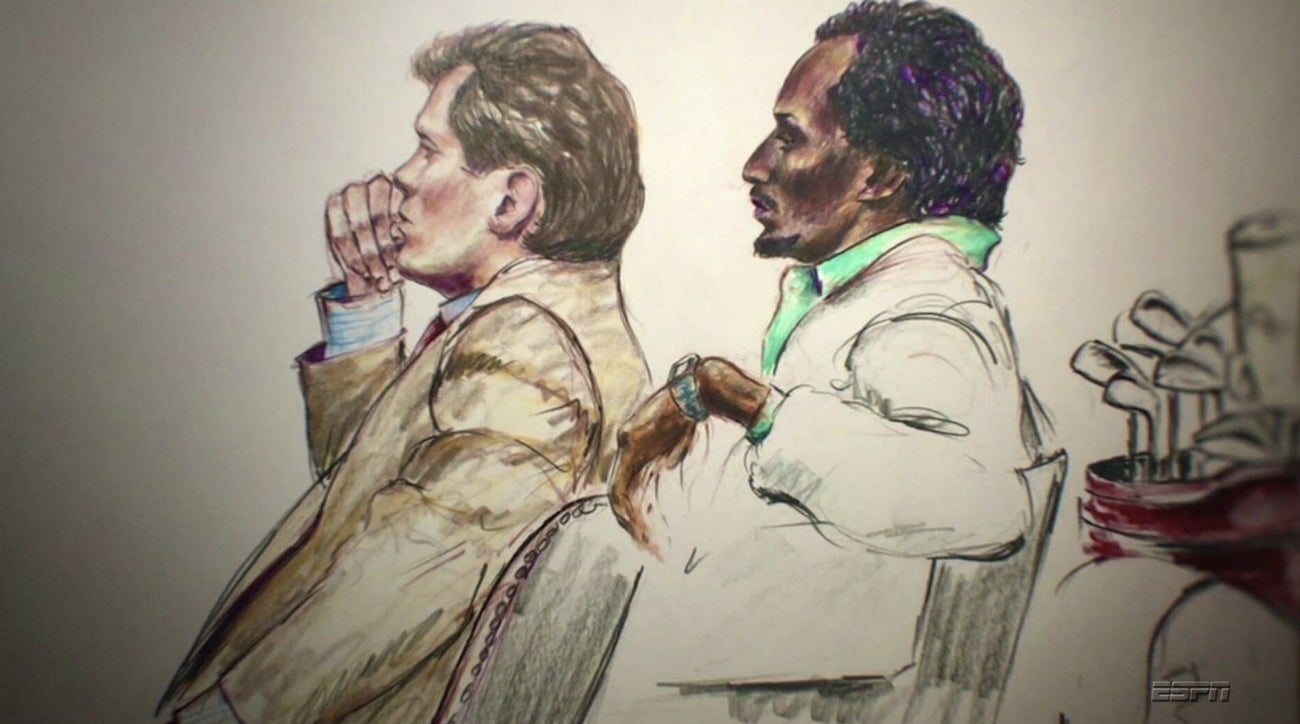
TR: Before “The Last Dance,” you directed “Andre the Giant,” 30 for 30 docs on the ’85 Bears and the Fab Five. These are mythical figures of sorts and some of the biggest names and teams in sports history. What is the common theme among them and why are these the stories that you like to tell?
JH: I’m definitely attracted to humanizing people who are otherwise iconized. It’s always fascinating for me. Even when I was a little kid I thought that they must be human beings who do normal things when they’re away from the cameras and off the court. What are they like at home? What’s their daily life like? What are they afraid of? What are their goals? These are all human beings.
What we’re trying to do, if we’re telling a story about the guy next door or we’re telling a story about the most famous athlete of my generation, is we’re trying to get at what makes that person similar to me. What can we find in this person that is common in all of us and kind of brings them down to our level to allow people to relate? That’s when any kind of art or creative endeavor is at its best. When you can bring things together and we can all see things the same way. That goes for Michael Jordan and that goes for Andre the Giant, who was 7-feet tall and anywhere between 400 and 600 pounds depending on who you talk to. How does a guy like that navigate a world that was not built for him? It had to be a difficult existence. Trying to figure out what life was like for him and where he came from.
I always think with these people is that at some point they were a baby, at some point they were a toddler, at some point they learned how to ride a bike, they went through all the same things the rest of us go through. But then they veered off that path and became icons in whatever their endeavors were. Those are the kinds of stories I’ve always been attracted to telling.
TR: Tiger falls in that same line. There are a lot of similarities between him and MJ. If someone were to make a 10-part doc on Tiger, what advice would you give them?
JH: Read everything you possibly can. Watch everything you possibly can. The internet is your friend. You want to know as much as possible about anyone you’re covering so that you can demonstrate to them that you have done your homework and you can indicate to them that you’re going to tell as responsible and comprehensive a story as you can. In my experience, that’s how you gain people’s trust, and people can sniff out very easily when the homework has not been done. We did two years of research before we even rolled one camera on “The Last Dance.” In a lot of ways, I’ve been researching this project since ’84 when I was 8 years old. Read, read, read – that would be my advice.
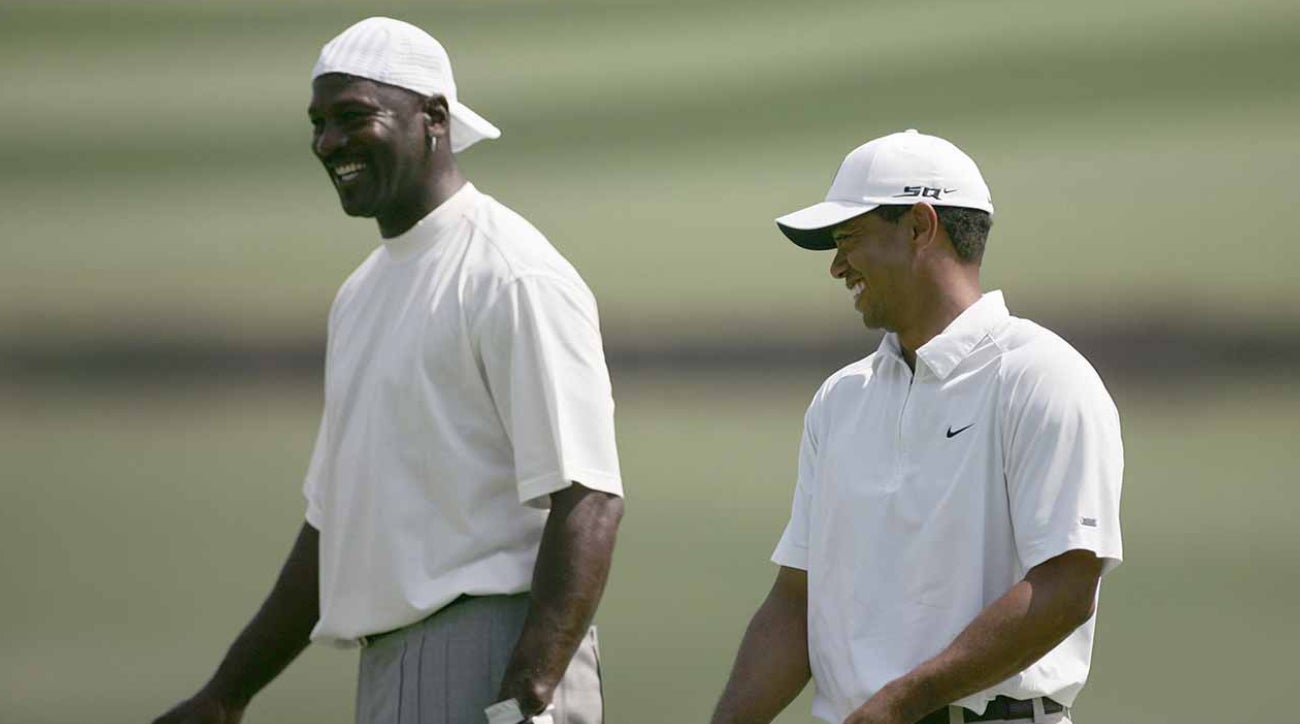
TR: Tiger aside, we already know the demand for a documentary on him and how great it would be. Is there one figure or one story in the golf space that you would love to work on?
JH: Anything that gets me to Augusta. I’ll do whatever you want to do. I’ll do the Augusta, Georgia City Council election behind the scenes documentary if it gets me back to Augusta somehow.
I’ve been to Augusta once. My uncle, who has since passed away, was an enormous golf fan and taught me the game when I was a kid. He used to be a Marshall at Augusta on the 15th hole for years. I was lucky enough to go down there as a guest of his a few years ago and go to a practice round on a Tuesday. It’s one of the few things in sports or otherwise, that has lived up to the hype. I went in with the Marshalls at 6 am and I walked the back 9 by myself. It’s one of the most memorable experiences that I’ll ever have in my life. It’s so much hillier than I realized. Just to be there on this course I’ve seen for 40 years on TV and then you see it in person, and it feels like the world is in HD. It’s a completely different experience being there and seeing it for yourself.
I’ll do anything that gets me back to those grounds. It’s an incredible game and I hope to do some sort of golf project soon because there’s nothing that I enjoy more.
TR: If you had the time to squeeze it in and you could interview one golfer for “The Last Dance,” who would it have been?
JH: Freddie Couples. I think that Freddie and Michael somehow had a strong relationship. And also, David Love III who I think taught him the game at UNC. We had discussed that because he was playing at UNC and immediately became addicted, with the competitor that he is, and fell in love with the game. He was showing up before the golf coaches were showing up to get lessons and play with the UNC team. As much as I would love to interview the younger golfers, the golfers of today, I was more interested in talking to people who played with the young MJ. They saw what his game was like when he first picked it up and saw that competitive fire in him from an early age.
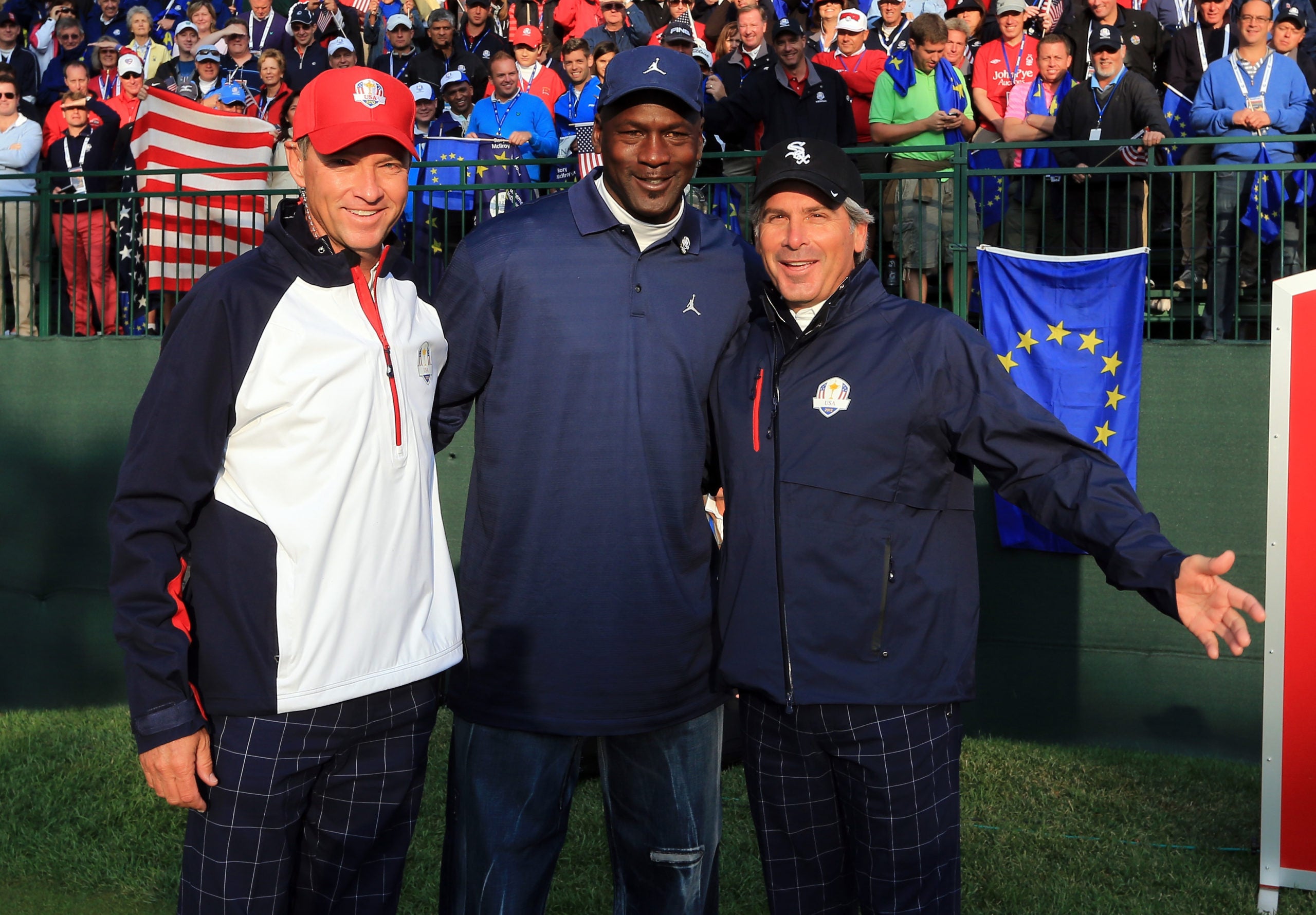
TR: We’re both cooped up in NYC apartments right now. Once you’re able to get back to a golf course, what’s the first course you’re playing?
JH: I would play at Thorny Lea Golf Club. My dad, my uncle, cousin and my family have been members there for years. Matt Parziale, the ‘17 U.S. Amateur Champion, is as well. I can’t wait to get back on the course with my dad. I haven’t played many courses around here. They’d probably kick me off Bethpage once they saw me tee off.
TR: It’s called the People’s Country Club for a reason. There are also five courses at Bethpage so we’ll find one for you. Thanks for the time, Jason, and thank you for giving us something to thoroughly enjoy with “The Last Dance.”
JH: Thank you

